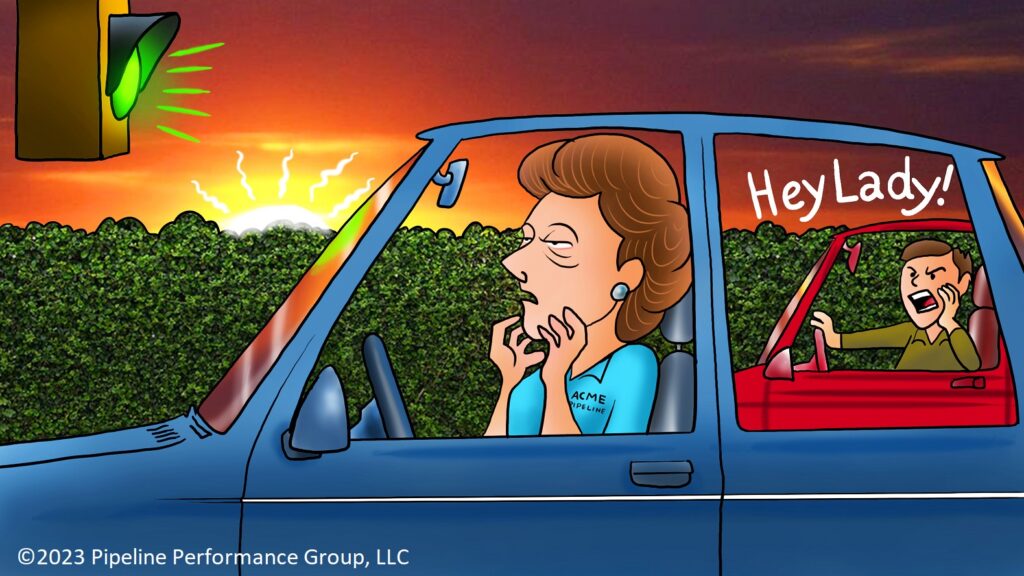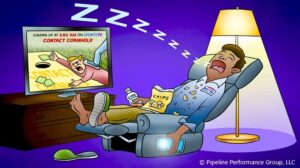Microsleep is defined as a brief, involuntary episode of unconsciousness that can last between a fraction of a second to a few minutes. It’s a brief lapse in awareness and control. Think of it as when your brain grabs a quick nap without your permission.
While brief, microsleeps are considered true episodes of sleep because of the slowing of neural activity and the lack of muscle control that occurs just as it does during normal sleep. Microsleeps are superficial sleep, like the sleep we get during stages one and two of the sleep cycle, the stages of light sleep. During an episode, people lose conscious control of situational awareness and physical performance.
Microsleeps, as with all types of fatigue, are especially prevalent among shift-workers who work rotating shifts. Getting the necessary hours of quality sleep is more difficult for those who don’t have a well-established sleep routine. It is possible to employ good sleep habits as a shift-worker, but it’s more challenging than for those who regularly work only daytime hours and sleep at night.
When a person experiences a microsleep, their heartrate and breathing slow. There are several external cues that can alert a person of the need to help their sleepy coworker mitigate fatigue. Some of these cues are:
- Eyes are partially or fully closed, but can remain open.
- Eye blinks are long or slow, or there is a blank stare.
- The head may nod or fall forward.
- Muscles may jerk involuntarily.
- There is slow or no response to stimuli.
- Eyelids usually droop and pupils dilate.
If you or your coworker is experiencing these symptoms, it’s time to step away from the console, move and stretch, drink water and/or caffeinated beverages, and do whatever is necessary to alleviate the symptoms until proper rest can be achieved. Taking a brief nap, even only 20 to 30 minutes, may be helpful in relieving overwhelming sleepiness. Sleep is the one and only true cure for fatigue.
Medications can also influence a person’s ability to stay alert during waking hours. If you suspect one or more of your medications are contributing to fatigue, bring your concerns to your doctor as soon as possible. Sleep disorders may be a source of your fatigue related issues. A sleep specialist can help you determine if sleep apnea or a similar problem is to blame for sleepiness during your waking hours. The good news is that sleep disorders are treatable.
Microsleeps can strike anytime, anywhere. One of the most dangerous places to experience a microsleep is while driving. The National Highway Traffic Safety Administration estimates that in 2017, drowsy driving was responsible for 91,000 police-reported crashes which led to an estimated 50,000 people injured and nearly 800 deaths[i]. If a driver dozes for 3 seconds while traveling 60 miles per hour, they can travel 300 feet in the wrong direction. This can cause your vehicle to go off the road or into opposing traffic. Take care of your health and get plenty of sleep to stay alert!
[i] “Drowsy Driving: Avoid Falling Asleep Behind the Wheel.” National Highway Traffic Safety Administration, US Department of Transportation, https://www.nhtsa.gov/risky-driving/drowsy-driving.




